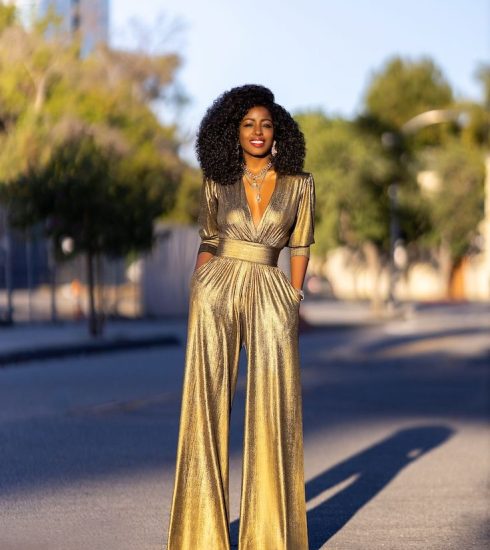The Pink Bias Understanding The Intersection Between Colour And Sexism
Right from birth, we are conditioned to colour-code gender. In baby stores, the girl section is often overtly pink, and the boys’, far from pink. As we grow older, we associate that colour with femininity, fragility and weakness. Women in the corporate world have to wear dark colours like men, in a styling phenomenon that is popularly referred to as “power dressing.”
When men wear or own pink apparel or accessories, they are often considered effeminate and sometimes have their sexuality questioned. But who made pink such a feminine colour? The colour pink is named after the Dianthus Plumarius flowers, also simply known as “Pinks.” In many languages, the word for the colour pink is based on the name of the rose flower; like rose in French; roze in Dutch; rosa in German, Latin, Portuguese, Catalan, Spanish, Italian, Swedish and Norwegian.
Because of these flowers’ obviously beautiful features and overall perception of calm, pink is the colour most often associated with charm, politeness, sensitivity, tenderness, sweetness, childhood, femininity, and romance. Years later, there was a contrary association of pink with boys in 20th-century America. An article in the trade publication
Earnshaw’s Infants’ Department in June 1918 said, “The generally accepted rule is pink for the boys, and blue for the
girls.
The reason is that pink, being a more decided and stronger colour, is more suitable for the boy, while blue, which is more delicate and dainty, is prettier for the girl.” In the 1920s, some groups had been describing pink as a masculine colour, an equivalent of the red that was considered to be for men but lighter—as it was considered a watered-down variant of red—for boys.
But stores nonetheless found that people were increasingly choosing to buy pink for girls, and blue for boys, until this became an accepted norm in the 1940s. The thought process then becomes evident. When pink was considered masculine, the reason was that it was such a strong colour. When it started getting a feminine connotation, it took on
a soft and ultimately weak anecdote, usually subconsciously. This shows that, as humans, we ascribe meanings to things to fuel whatever agenda we have. With the agenda, in this case, sexist.
Being far gone in the belief that pink is feminine and tender is not the problem, its association with weakness and fragility is. In fact, the phrase “pink-collar worker” refers to persons working in jobs conventionally regarded as “women’s work.” This colour-code segregation has for so long been detrimental to the careers of women looking to break the bias in the corporate world. However, this month, we are bringing power to “the pink.”
Here are times that Nigerian women have been absolutely stunning in pink.
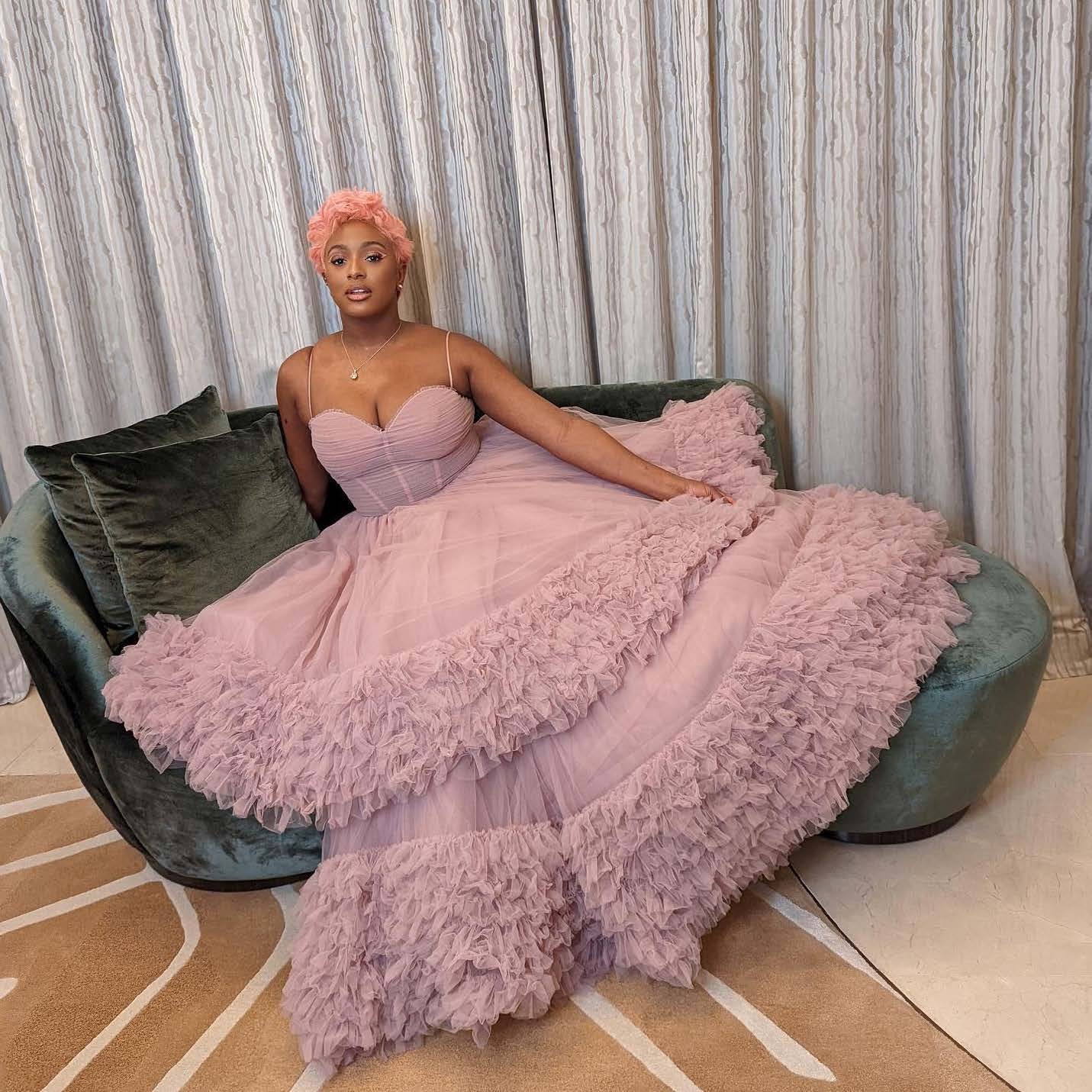
Cuppy

Liquorose
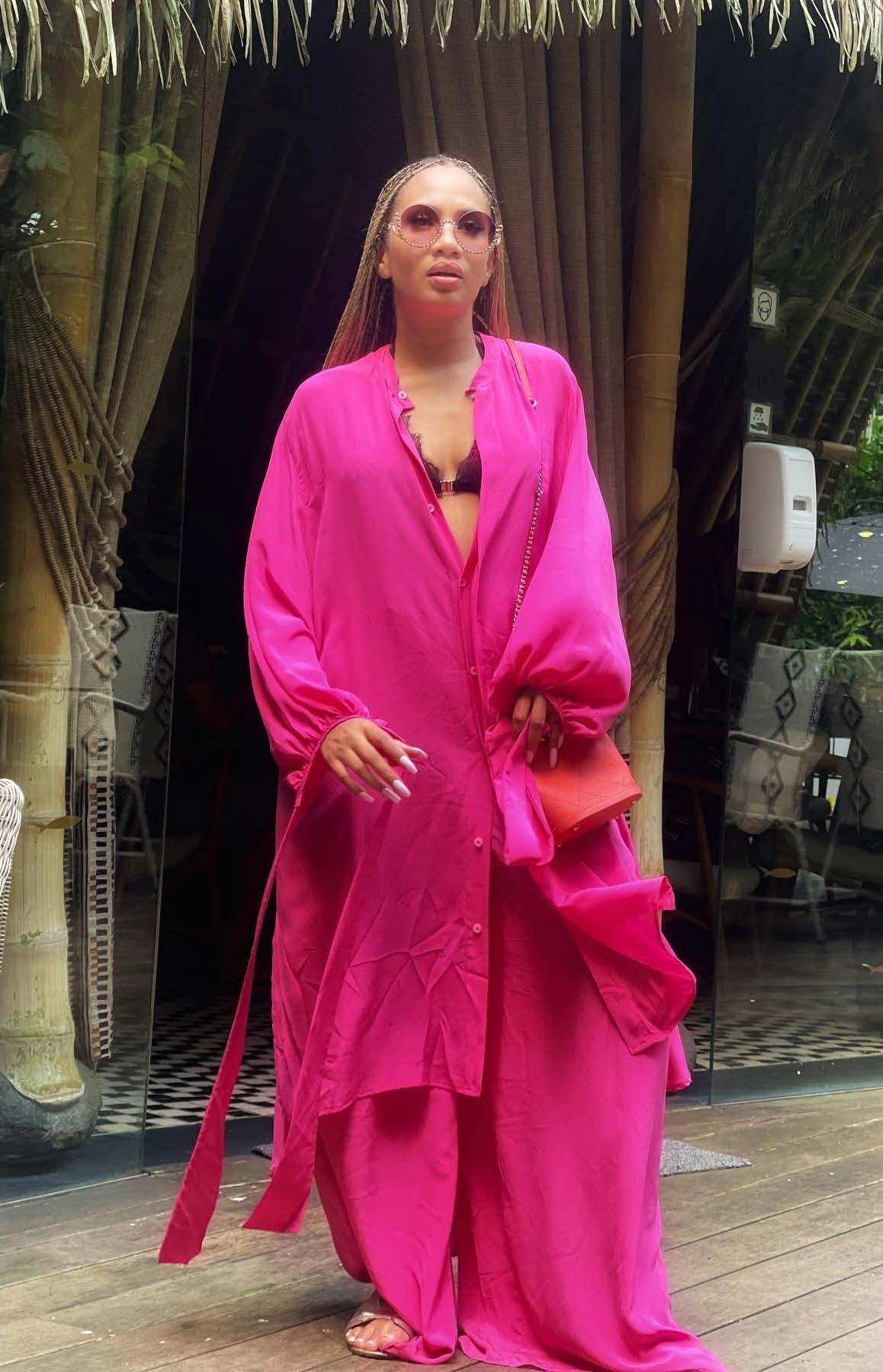
Temi Marcella Awogboro
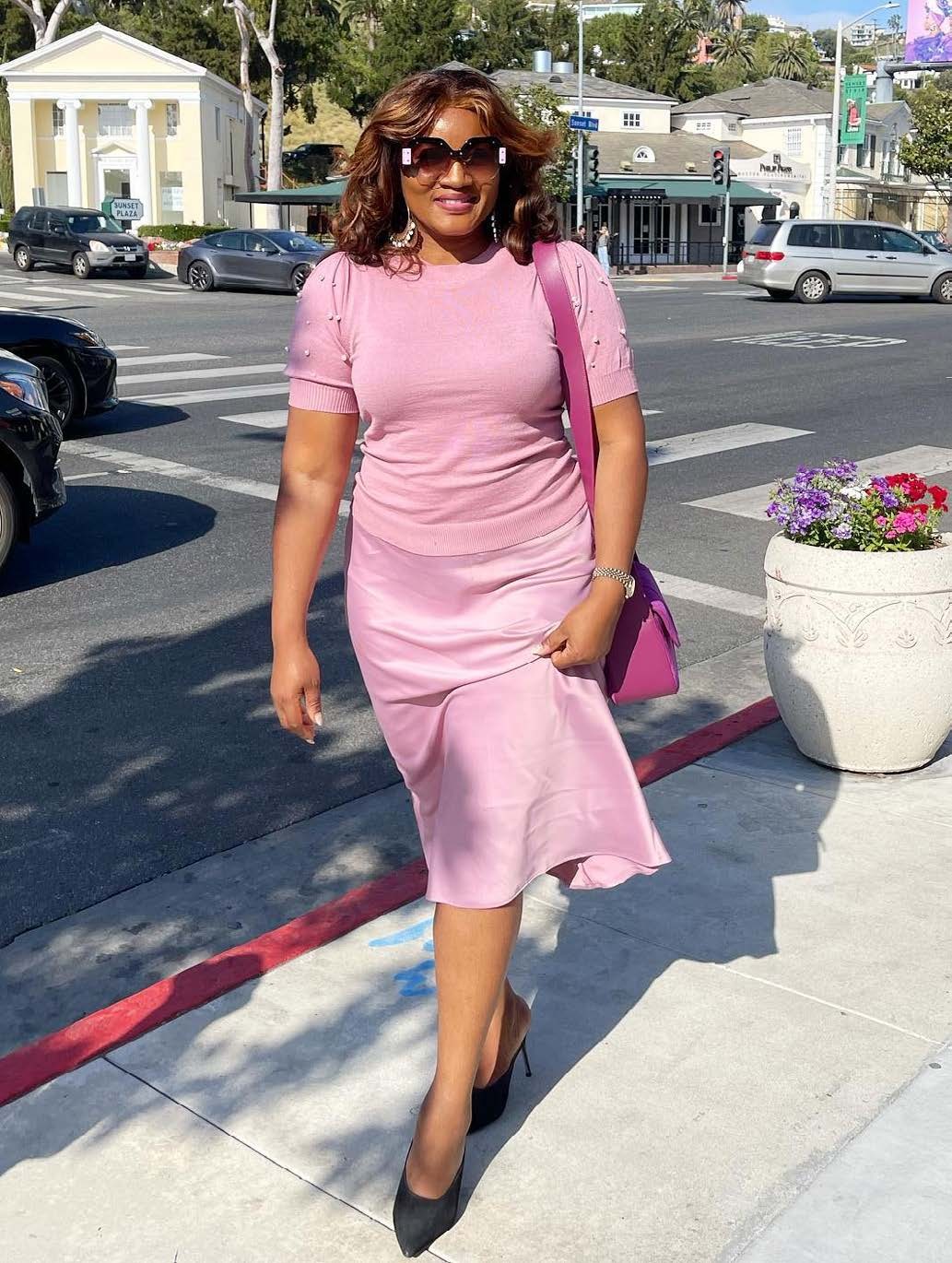
Omotola Jalade-Ekeinde
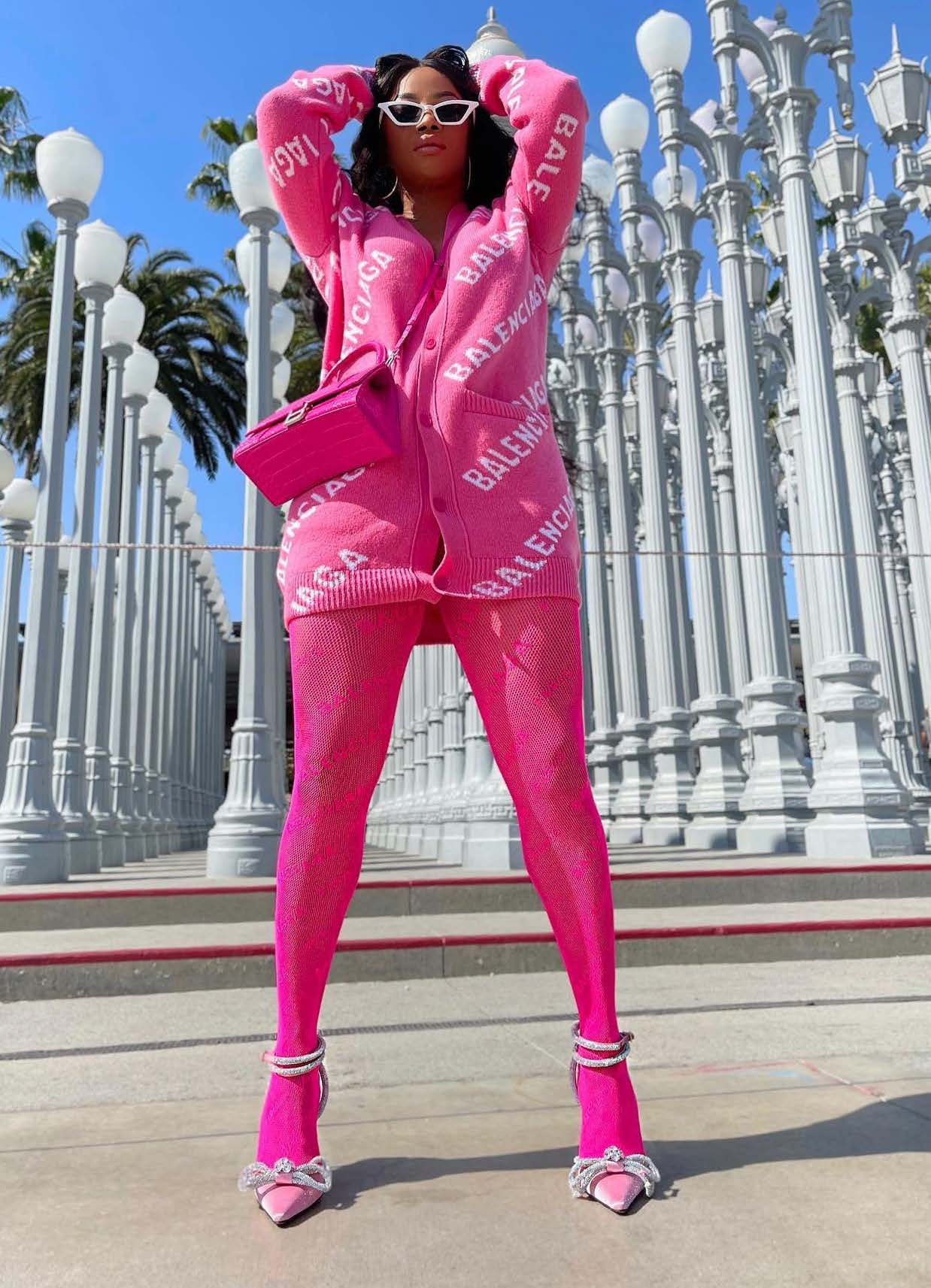
Toke Makinwa
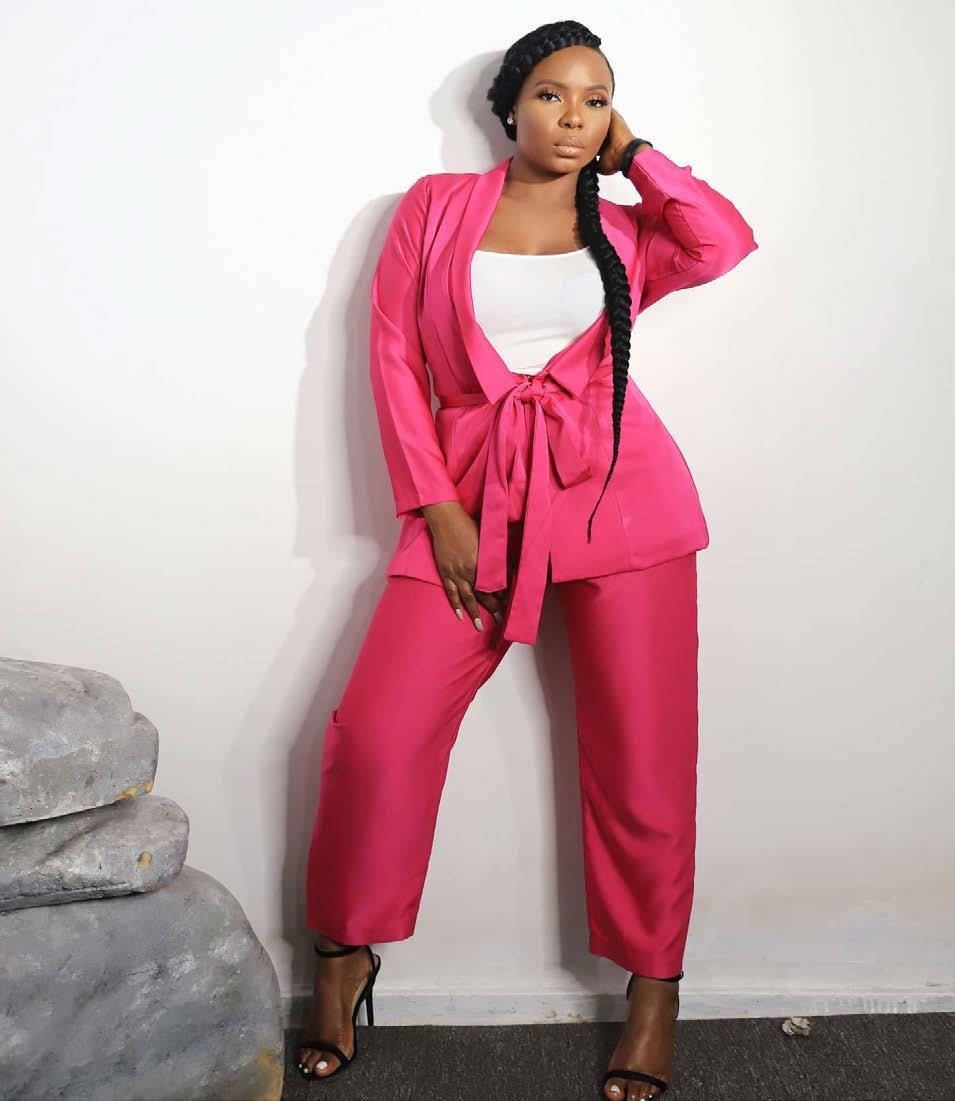
Yemi Alade

Mercy Eke

Maria Chike Benjamin
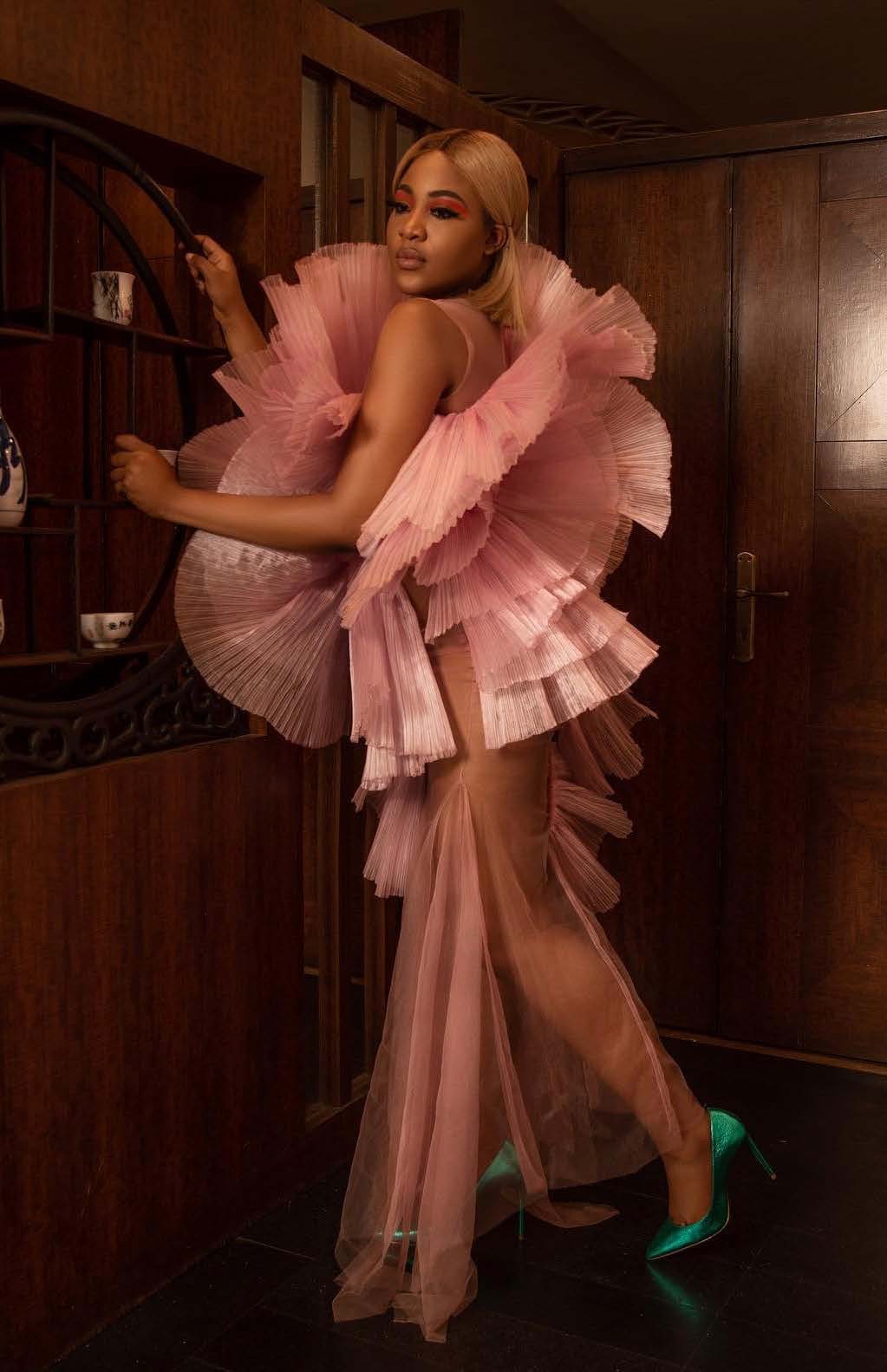
Erica
Self-identifies as a middle child between millennials and the gen Z, began writing as a 14 year-old. Born and raised in Lagos where he would go on to obtain a degree in the University of Lagos, he mainly draws inspiration from societal issues and the ills within. His "live and let live" mantra shapes his thought process as he writes about lifestyle from a place of empathy and emotional intelligence. When he is not writing, he is very invested in football and sociopolitical commentary on social media.





